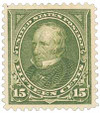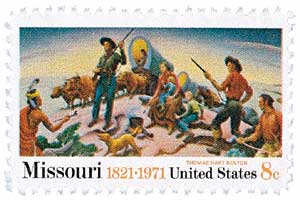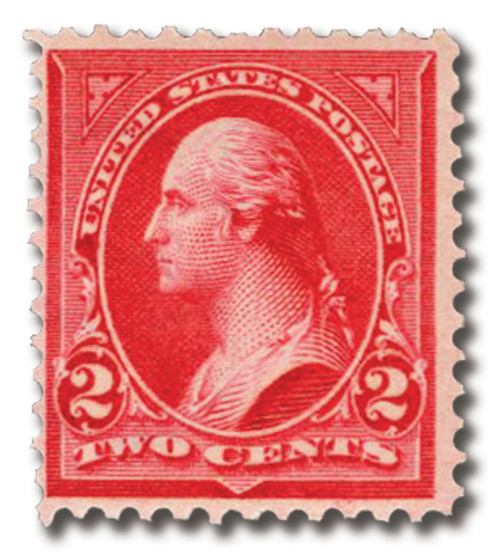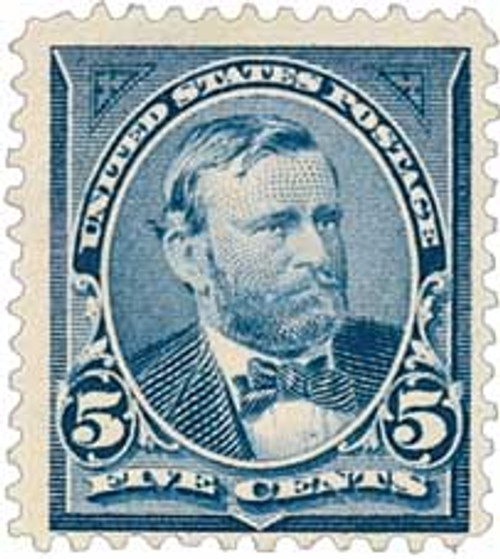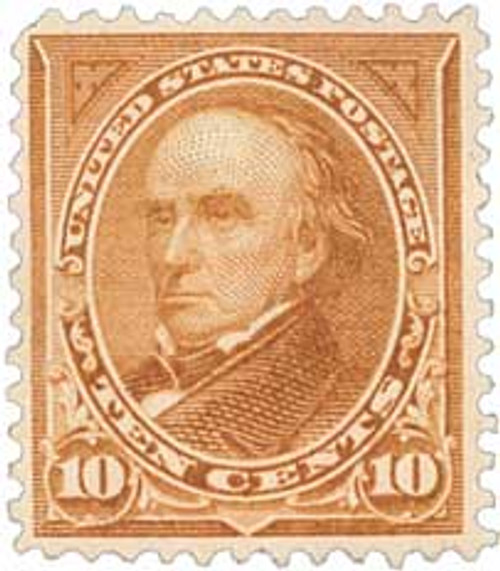
# 284 - 1898 15c Clay, olive green
Series of 1898-99 15¢ Clay
Universal Postal Union Colors
Issue Quantity: 15,993,313 (estimate)
Printed by: Bureau of Engraving and Printing
Watermark: Double line USPS
Perforation: 12
Color: Olive green
Missouri Compromise & Dred Scott Decision
Missouri first asked to be granted statehood in 1818. At that time, the country was becoming divided by the practice of slavery and its expansion into new territories. These disputes delayed Missouri’s statehood.
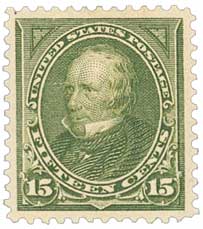
Missouri’s status as a slave state would have thrown off the legislative balance between the North and the South. As a result, Congress negotiated with Massachusetts to admit the northern counties of the state as the new free state of Maine, retaining the balance between free and slave states.
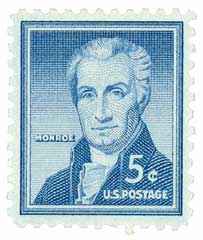
The Missouri Compromise also required that western territories in the Louisiana Purchase (above the 36/30’ north latitude line) prohibit slavery. President James Monroe, who supported the compromise, ensured that it was constitutional and signed the compromise bill on March 6, 1820. Under this law, Maine entered the Union as a free state on March 15, 1820, and Missouri entered as a slave state on August 10, 1821.
While the compromise is considered to have averted a civil war at the time, it proved controversial. In 1854, the Kansas-Nebraska Act effectively repealed the act. It would also play a role in the Dred Scott case of 1857.
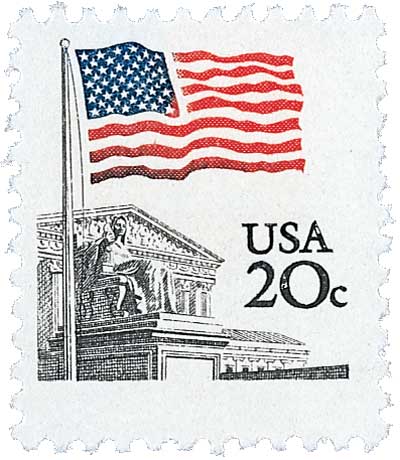
One of the most infamous US Supreme Court cases in history was Dred Scott v. Sanford. Dred Scott was born a slave in Virginia but was brought to Illinois and Wisconsin, which were both free territories, making it a violation of the Missouri Compromise. Scott sued for his freedom and the case made it to the Supreme Court. Scott’s case had already gone through two lesser courts while he was still owned by Irene Emerson and was given conflicting verdicts. The first court, a Missouri trial court, ruled in favor of Scott and his family, but Emerson appealed their decision to the state supreme court.
In an unprecedented decision, the Missouri Supreme Court reversed the decision of the previous court, ruling in favor of Mrs. Emerson. After this, Scott and his family were transferred to John Sanford’s ownership, where Scott again filed for his freedom – this time with a federal court. The federal court once again ruled against Scott. After many years of fighting and appealing court decisions, Scott’s case finally reached the US Supreme Court.
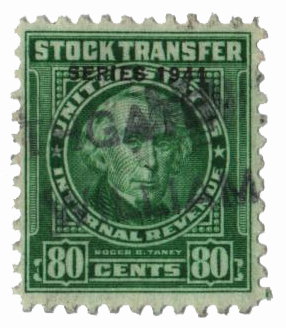
On March 6, 1857, Chief Justice Roger B. Taney and six other justices found that Scott, “a negro, whose ancestors were imported into [the US] and sold as slaves,” could not be an American citizen and did not have the right to sue in a federal court. This 7-2 ruling is now referred to by historians as the worst decision ever made by the US Supreme Court.
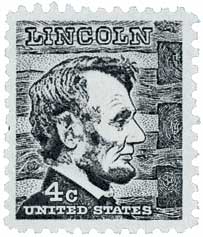
The Justices additionally overturned the Missouri Compromise of 1820, which had set guidelines for whether new states would legally allow slavery. The ruling immediately created an uproar. The following year, Abraham Lincoln would rally support for his US Senate bid in his House Divided speech that condemned the Dred Scott Decision and the Kansas-Nebraska Act. The exposure Lincoln received from the speech also contributed to his popularity in the presidential campaign of 1860.
Series of 1898-99 15¢ Clay
Universal Postal Union Colors
Issue Quantity: 15,993,313 (estimate)
Printed by: Bureau of Engraving and Printing
Watermark: Double line USPS
Perforation: 12
Color: Olive green
Missouri Compromise & Dred Scott Decision
Missouri first asked to be granted statehood in 1818. At that time, the country was becoming divided by the practice of slavery and its expansion into new territories. These disputes delayed Missouri’s statehood.

Missouri’s status as a slave state would have thrown off the legislative balance between the North and the South. As a result, Congress negotiated with Massachusetts to admit the northern counties of the state as the new free state of Maine, retaining the balance between free and slave states.

The Missouri Compromise also required that western territories in the Louisiana Purchase (above the 36/30’ north latitude line) prohibit slavery. President James Monroe, who supported the compromise, ensured that it was constitutional and signed the compromise bill on March 6, 1820. Under this law, Maine entered the Union as a free state on March 15, 1820, and Missouri entered as a slave state on August 10, 1821.
While the compromise is considered to have averted a civil war at the time, it proved controversial. In 1854, the Kansas-Nebraska Act effectively repealed the act. It would also play a role in the Dred Scott case of 1857.

One of the most infamous US Supreme Court cases in history was Dred Scott v. Sanford. Dred Scott was born a slave in Virginia but was brought to Illinois and Wisconsin, which were both free territories, making it a violation of the Missouri Compromise. Scott sued for his freedom and the case made it to the Supreme Court. Scott’s case had already gone through two lesser courts while he was still owned by Irene Emerson and was given conflicting verdicts. The first court, a Missouri trial court, ruled in favor of Scott and his family, but Emerson appealed their decision to the state supreme court.
In an unprecedented decision, the Missouri Supreme Court reversed the decision of the previous court, ruling in favor of Mrs. Emerson. After this, Scott and his family were transferred to John Sanford’s ownership, where Scott again filed for his freedom – this time with a federal court. The federal court once again ruled against Scott. After many years of fighting and appealing court decisions, Scott’s case finally reached the US Supreme Court.

On March 6, 1857, Chief Justice Roger B. Taney and six other justices found that Scott, “a negro, whose ancestors were imported into [the US] and sold as slaves,” could not be an American citizen and did not have the right to sue in a federal court. This 7-2 ruling is now referred to by historians as the worst decision ever made by the US Supreme Court.

The Justices additionally overturned the Missouri Compromise of 1820, which had set guidelines for whether new states would legally allow slavery. The ruling immediately created an uproar. The following year, Abraham Lincoln would rally support for his US Senate bid in his House Divided speech that condemned the Dred Scott Decision and the Kansas-Nebraska Act. The exposure Lincoln received from the speech also contributed to his popularity in the presidential campaign of 1860.



